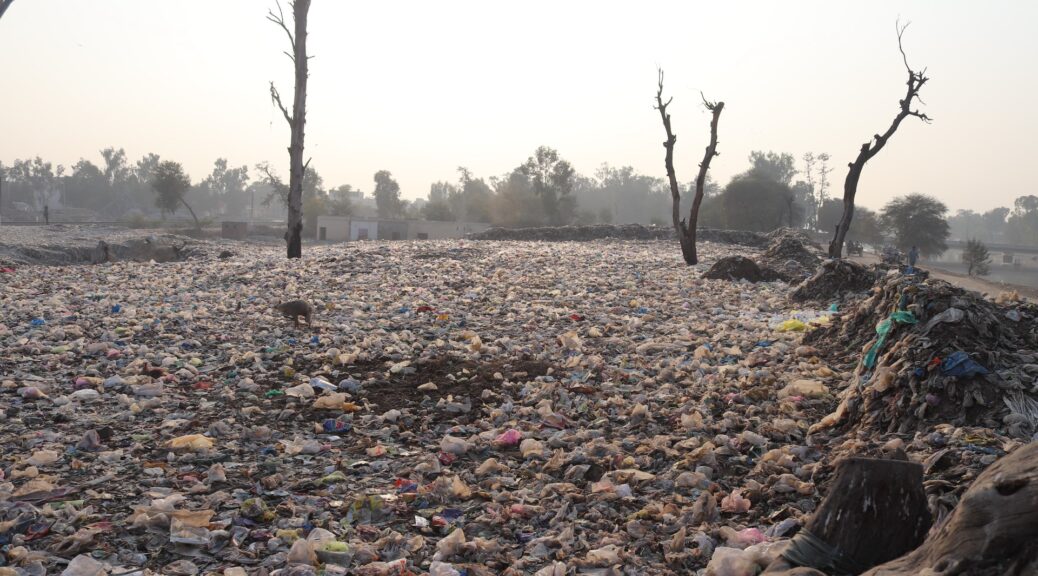A few months ago, I saw The Doctor by Robert Icke in London. Despite starting earlier and elsewhere both physically and psychically, it’s a most appropriate tale for 2023. At its core, it’s about identity – Jewish identity, gender identity, racial identity, and so on. It asks the question – who can speak for whom? And it offers zero easy answers. Continue reading Identity Debate in the Arts – by Jan Levine Thal
Category Archives: Trends 2023
“No” is a complete sentence! – by Terry Howard
Kicking off year 2023 by making New Year’s resolutions, although we may not keep them, is no different from what we’ve always done. However, looking back over what some would argue was a tumultuous 2022, it’s not inconceivable for many of us to regret not having said no in some situations and to some people. That may include, for example, a bad loan to someone, allowing inappropriate behaviors, making promises you couldn’t keep, ordering a few extra desserts, taking on unreasonable requests or holding onto personal grudges and toxic relationships. Thus, this being another year for fresh starts, you saying (without regret) “no” will save you some unnecessary headaches.
Continue reading “No” is a complete sentence! – by Terry Howard
Diversity and Equity Trends 2023 – by Marc Brenman
What we can anticipate and expect
The current Supreme Court will continue to whittle away at civil and human rights. Advocates will continue to sign petitions, march, and hold demonstrations, as if these activities would cause the federal judiciary to change its mind. They won’t.
The US will continue to become more diverse, especially by Hispanics and Asian-Americans. More people will identify as multi-racial. The percent of African-Americans will continue to remain relatively constant. However, despite this, the diversity practitioner and CDO field will continue to be dominated by African-American women.
The Chief Diversity Officer function will continue not to be represented at the executive team table along with other mission critical functions.
Continue reading Diversity and Equity Trends 2023 – by Marc Brenman
Dialogue to counteract hate – by Simma Lieberman
I’m Jewish. My first personal memory of antisemitism was when I was eight years old. I was in the synagogue with my father on Yom Kippur, the holiest day in the Jewish calendar, a day of fasting, praying, and atonement.
We were engaged in silent prayer when all that silence was broken by loud yelling and banging as the door crashed in. A group of young white Christian boys were attacking us. They threw things at us and called us names like “sheeny” and ‘kike.” “Go back to your country. You don’t belong here,” they screamed.
I was terrified. We knew about the Nazi genocide of over 6 million Jews and other people who did not fit the Aryan “bloodline’. Many in our neighborhood had numbers tattooed on their arms from the Nazi concentration/extermination camps. All of that trauma was passed down to us.
I remember thinking, “How could they hate us so much? They don’t even know us.” At that early age, I wanted to get to know people who were different than me and have them get to know me so we wouldn’t hate each other. I also realized that to end hate, stop violence against us and find safety, Jewish people needed to join other people who had experienced discrimination. That became my mission.
Continue reading Dialogue to counteract hate – by Simma Lieberman
Diversity Trends 2023 – by Dr. Gail Dawson
My people are destroyed for lack of knowledge.
~Hosea 4:6
Throughout the years, the approach to dealing with “diversity problems” has included fundamental concepts, such as education, training, and communication. While the terms diversity training and diversity education are sometimes used interchangeably, others differentiate between the two terms. Diversity training involves providing people with skills and tactics to enable them to navigate a specific diverse environment while diversity education is more comprehensive and involves mindset shifts and frameworks that enable one to utilize broader knowledge to navigate various, complex environments. Communication also plays a key role in building awareness of similarities and differences as well as building respect and trust among people from diverse backgrounds. Together, diversity training, education, and communications have been regarded as essential in creating diversity, equity, and inclusion.
Continue reading Diversity Trends 2023 – by Dr. Gail Dawson
Living in an Axial Age – by John T. Pawlikowski, OSM, Ph.D
Prominent religious thinkers and activists such as Pierre Teilhard de Chardin and Thomas Berry have defined humanity in recent decades as living in an axial age. In simple terms, an axial period is one in which there are major mutations of our social fabric regarding consciousness and social structures.
I believe we today remain living in an axial period announced by the likes of de Chardin and Berry. Living in such an age that occurs every few hundred years in history is both challenging and uncertain. We cannot easily predict the eventual outcome of the transformative process. The significant changes that are likely to occur may move civilization in directions that are productive and fundamentally enriching for all created life forms or, on the contrary, they may enhance the further deterioration of our social fabric and sustainability foundations. People will come to know and experience the final verdict when the current axial age reaches its conclusion. The new age that dawns will retain some forms of previous creational existence. But the new existence will undergo significant, even radical redefinition.
Continue reading Living in an Axial Age – by John T. Pawlikowski, OSM, Ph.D
Diversity, Equity, Inclusion and Belonging Trends: 2023 – by Soumaya Khalifa
Whether you traveled or stayed home this past holiday season, you paid attention to the news about Southwest Airlines’ struggles to get people where they wanted to go. Bad (really bad) weather, canceled flights, long lines, lost luggage, and exhausted and cranky passengers and airline staff all led to an operational disaster that will take Southwest a while to overcome.
In a statement on its website, Southwest called its own performance “unacceptable.” Casey Murray, president of the Southwest Airlines Pilots Association, said Southwest had not put adequate systems in place to manage operations during the storm. “The fact is: We weren’t prepared,” Murray said.
But some observers weren’t at all surprised: Southwest’s crisis was inevitable after years of prioritizing stock dividends and executive compensation over necessary investments, including improving its outdated IT and crew scheduling systems. Southwest’s own employees issued plenty of warnings about those.
Continue reading Diversity, Equity, Inclusion and Belonging Trends: 2023 – by Soumaya Khalifa
Diversity and Speech Part 34: Revisiting Privilege – by Carlos E. Cortés
Diversity language seems to wander through a series of predictable phases. First, someone comes up with a new term like micro-aggressions, or retrofits an old dictionary word like violence. A few terms catch on and become diversity specialist standard fare, then enter public lingo, sometimes celebrated, sometimes mocked. Finally, after the heat dies down and new verbal fads replace them, those formerly-hot terms settle in for the long (or short) haul, during which people tend to mouth them in a relatively mindless, sometimes authoritarian fashion.
Unfortunately, such has been the trajectory of the term privilege. Beginning with its entrance into diversity world in the 1980’s, privilege has passed through several stages, ultimately becoming corrupted into little more than a simplistic, polarizing accusation. This is a real loss, because as formulated by Peggy McIntosh, privilege provides a valuable lens for examining the world around us. It does so by calling upon people to recognize and reflect on the unearned advantages that have been handed to them.
Continue reading Diversity and Speech Part 34: Revisiting Privilege – by Carlos E. Cortés
Bridging the Choice Chasm – by Dr. Shalini Nag and Surya Guduru
A path to a sustainable future
As we get look ahead to 2023, sustainability takes center stage, yet again. Can we really achieve a sustainable future? Today, we posit that we can, if we are able to apply the equity and inclusion lens to the problem and bridge the Choice Chasm – the seemingly unbridgeable gap between the haves and the have-nots, between developed and developing nations, between incumbent practices and emerging norms.
Aftershocks from the Covid19 pandemic exacerbated by Russia’s invasion of Ukraine, combined with climate chaos made 2022 a chronicle of global challenges. These include the intermittent resurgence of Covid variants, the mental health epidemic, continued supply chain disruptions, internal displacement in Ukraine, worsening food crisis in the world’s most vulnerable regions, and a global energy crisis. By October 2022, weather disasters alone cost nearly 20,000 lives and 30 billion dollars, refocusing governments and organizations alike on sustainability.
Continue reading Bridging the Choice Chasm – by Dr. Shalini Nag and Surya Guduru
Technology Trends and Diversity – by Sridhar Rangaswamy
Technology is a dynamic and an ever-changing arena. There are always changes taking place in the field of technology due to new inventions and discoveries and to keep up with the expanding demands of the consumers.
In the earlier days we just had the landlines. The first cellular was discovered in April, 1973 by Martin Cooper, a Motorola Engineer, while walking and thinking about contacting someone on the streets of New York.
Continue reading Technology Trends and Diversity – by Sridhar Rangaswamy





